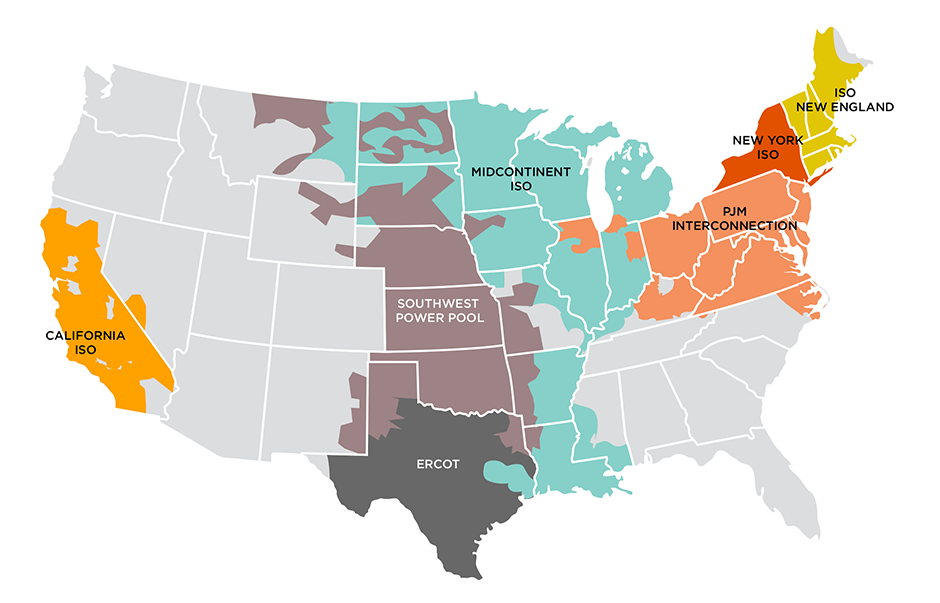Brain Sciences, Vol. 13, Pages 158: On the Relationship between Value- and Threat-Driven Attentional Capture and Approach-Avoidance Biases
Brain Sciences doi: 10.3390/brainsci13020158
Authors: Haena Kim Brian A. Anderson
Reward learning and aversive conditioning have consequences for attentional selection, such that stimuli that come to signal reward and threat bias attention regardless of their valence. Appetitive and aversive stimuli have distinctive influences on response selection, such that they activate an approach and an avoidance response, respectively. However, whether the involuntary influence of reward- and threat-history-laden stimuli extends to the manner in which a response is directed remains unclear. Using a feedback-joystick task and a manikin task, which are common paradigms for examining valence-action bias, we demonstrate that reward- and threat-signalling stimuli do not modulate response selection. Stimuli that came to signal reward and threat via training biased attention and invigorated action in general, but they did not facilitate an approach and avoidance response, respectively. We conclude that attention can be biased towards a stimulus as a function of its prior association with reward or aversive outcomes without necessarily influencing approach vs. avoidance tendencies, such that the mechanisms underlying the involuntary control of attention and behaviour evoked by valent stimuli can be decoupled.

 1 year ago
70
1 year ago
70


